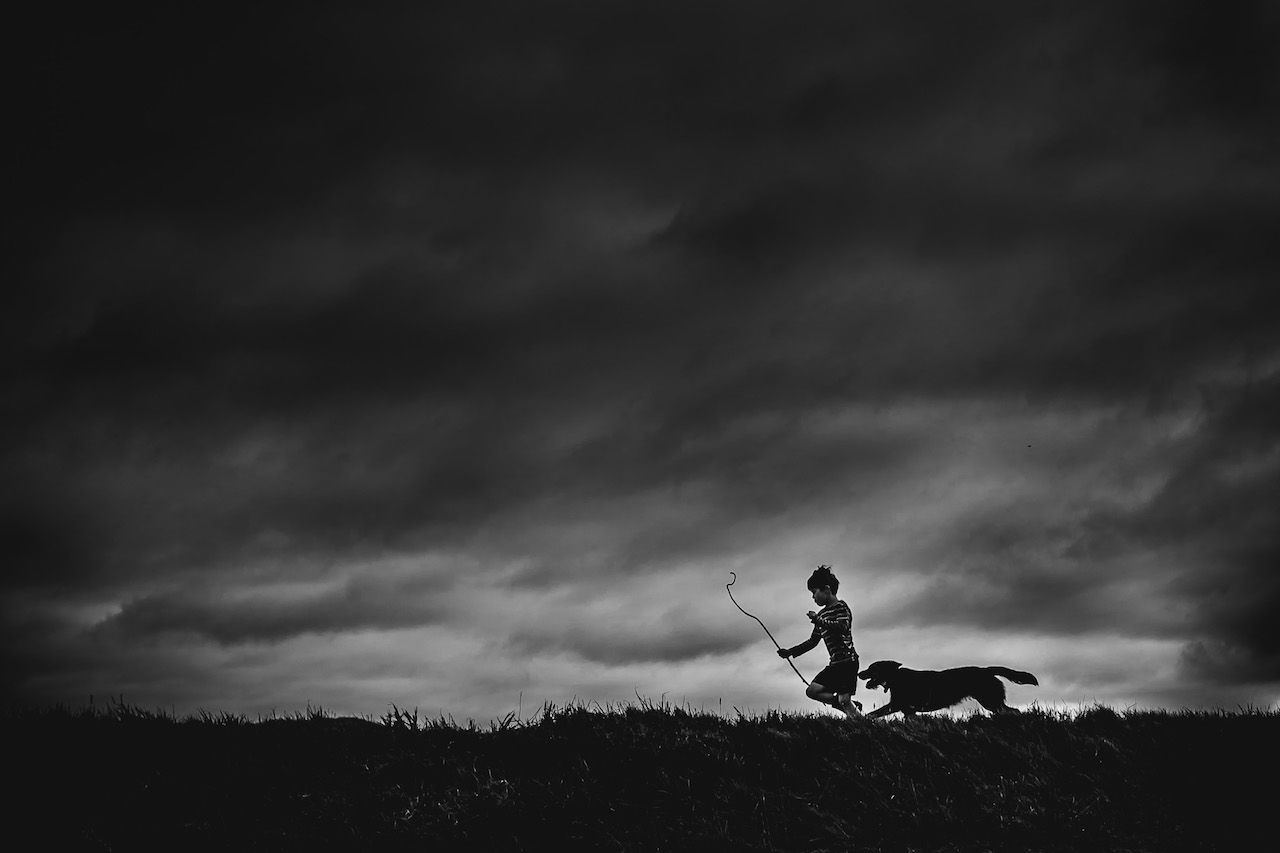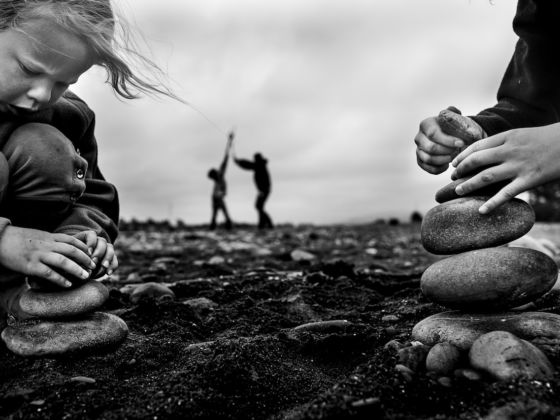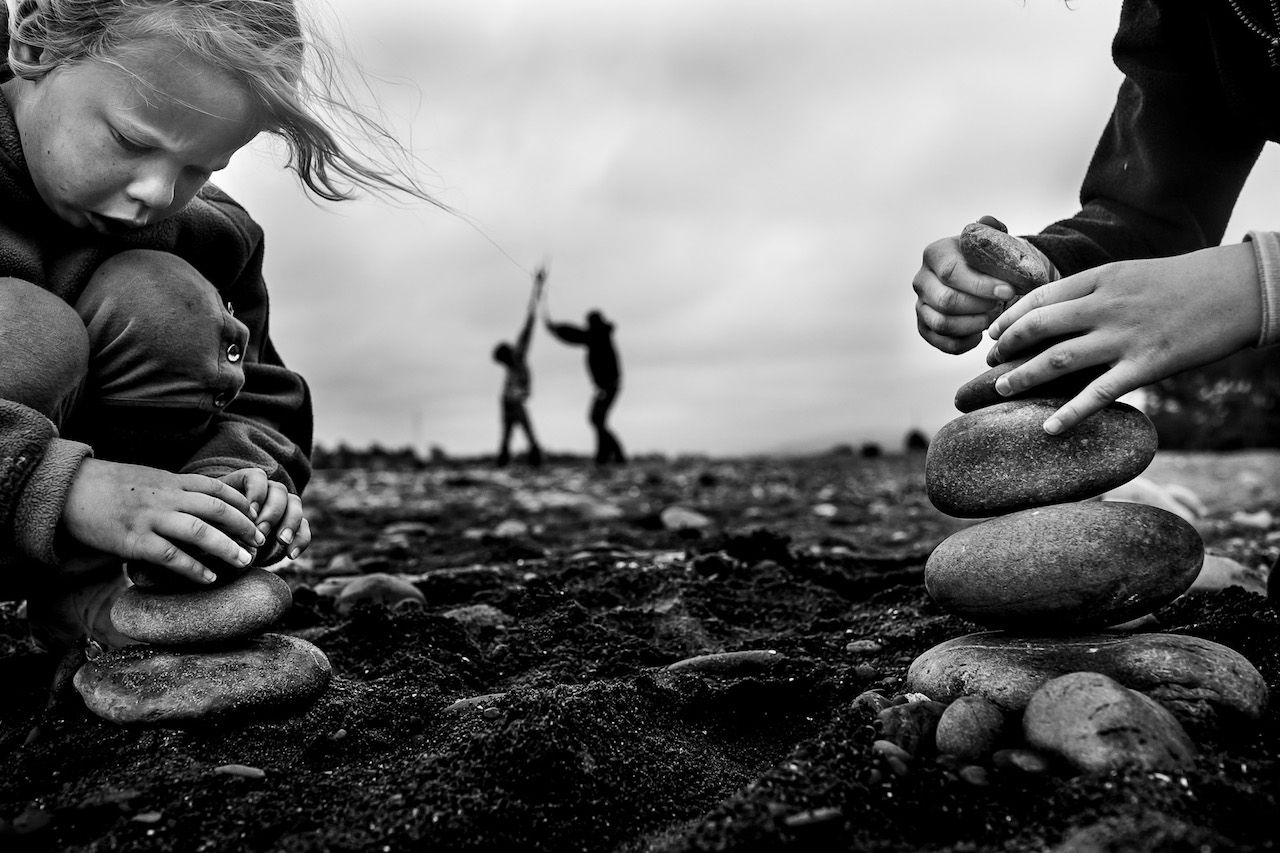
Wild and free
We live a simple life in a big old wooden house in rural New Zealand, surrounded by rivers, coastline, bush and hills. My children are alternatively educated and live their days without television or modern electronic devices — a lifestyle that may seem unconventional to some, but I choose to celebrate the way I live with my family.
I document our days together in an environment full of nature and uninhibited play. I photograph life as it is as a physical record of their childhood. The images are also a reflection of a childhood rooted deep in my own past — a most sincere place of freedom, for sure, but also filled with the confusions and struggles of growing up, and striving to understand the mysteries of the land and society we had to grow into.
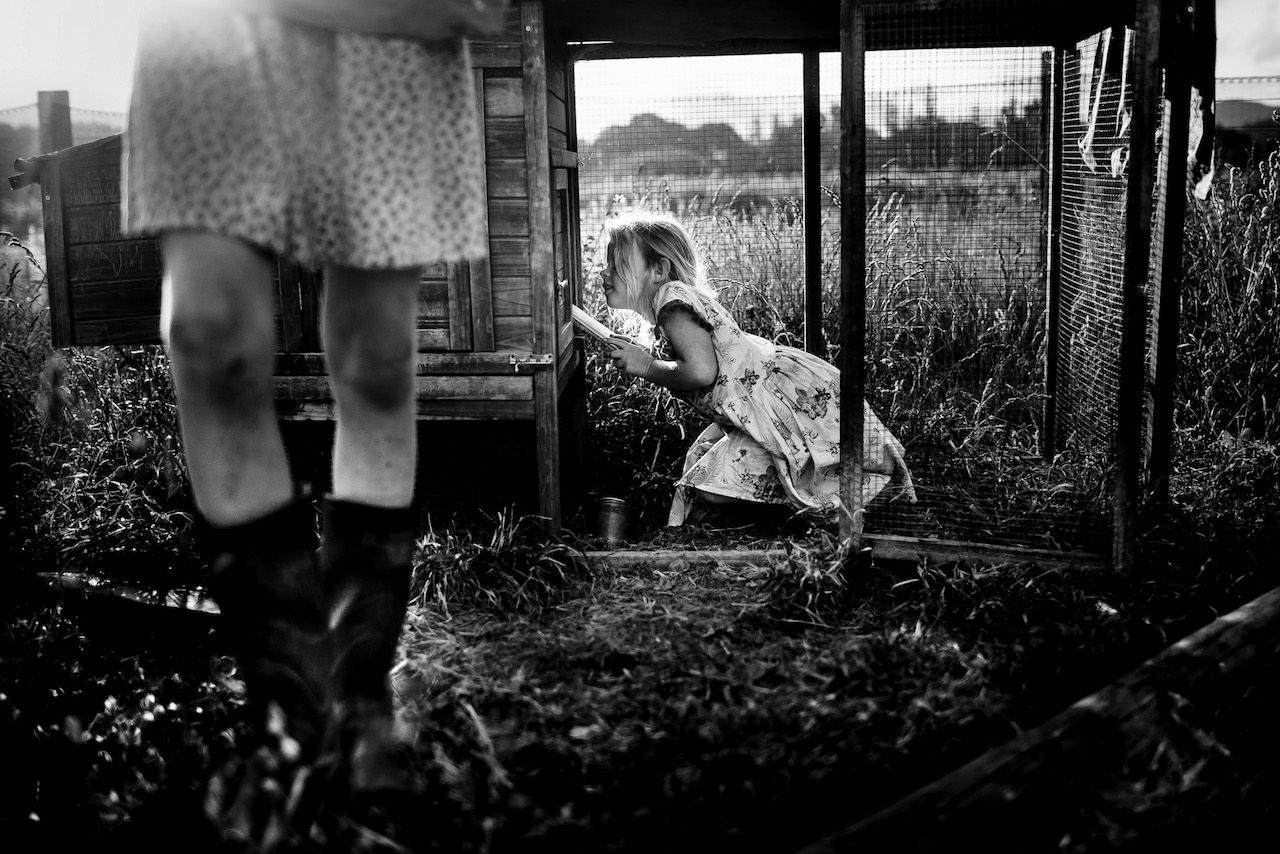
Memories of my own childhood, though rich, are scarce. My mother died when I was young, and now I have just a couple of small albums of faded but highly treasured six-by-four photographs that document our life on the farm. As I grow older, I realize the emotional significance and importance of those few images, and I strive to give as much as I can in the way of tangible memories for my children. It is my passion to record as much as I can of their day-to-day lives and adventures, in the most meaningful pictures that I can take — to capture their stories, our stories, and a piece of myself. They are for them to relive in the years to come.

As our children have begun to grow up, and with our decision to educate them alternatively, photographing their lives has taken on a whole new direction and meaning for me. Taking an unconventional approach to our lifestyle and their education has been a journey with many questions, both from others and from ourselves, about what we are doing and why.
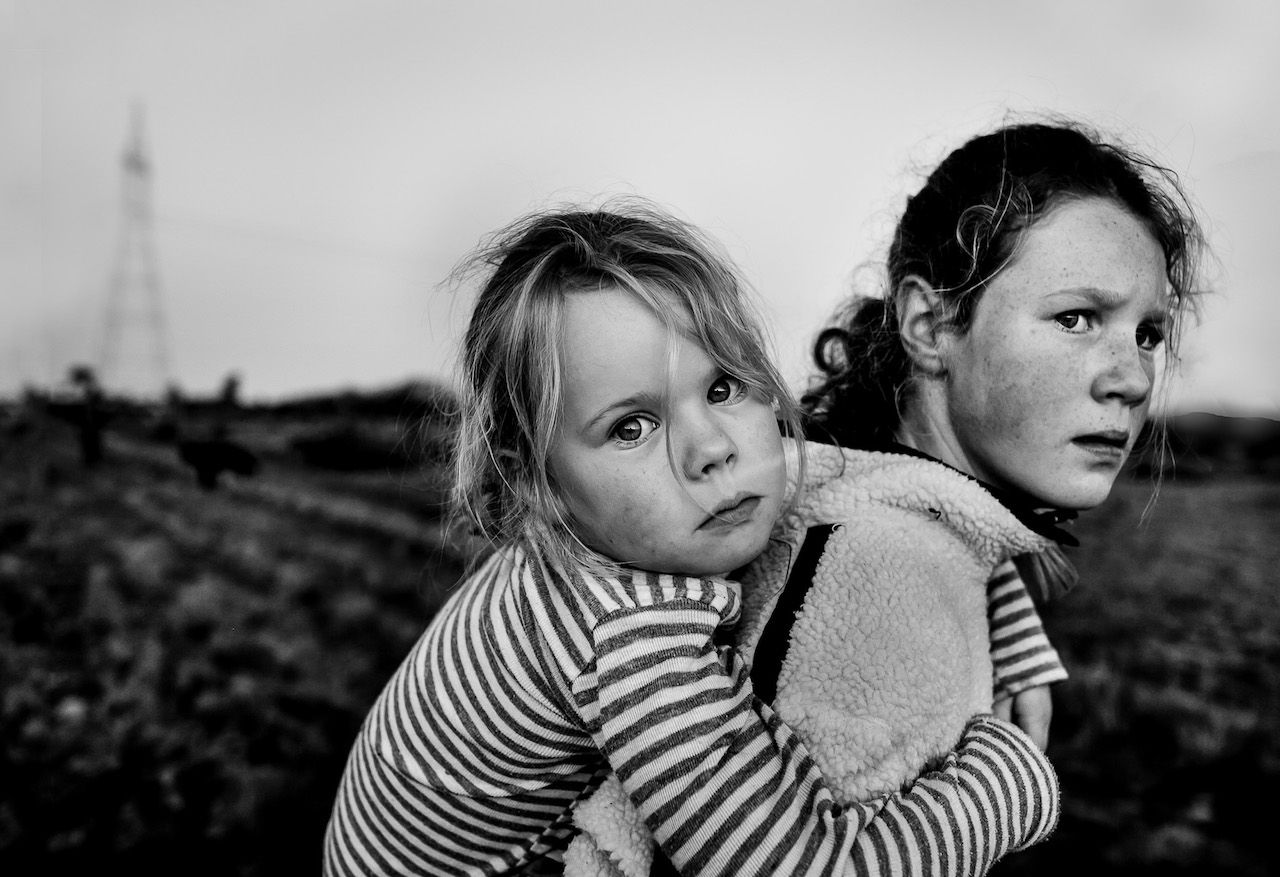
Documenting their days has helped me to reflect on our decision, one that has often been thwart with objections and criticisms, and to reconfirm to me that they are right where they belong — wild and free, covered in mud, and running and living through nature.
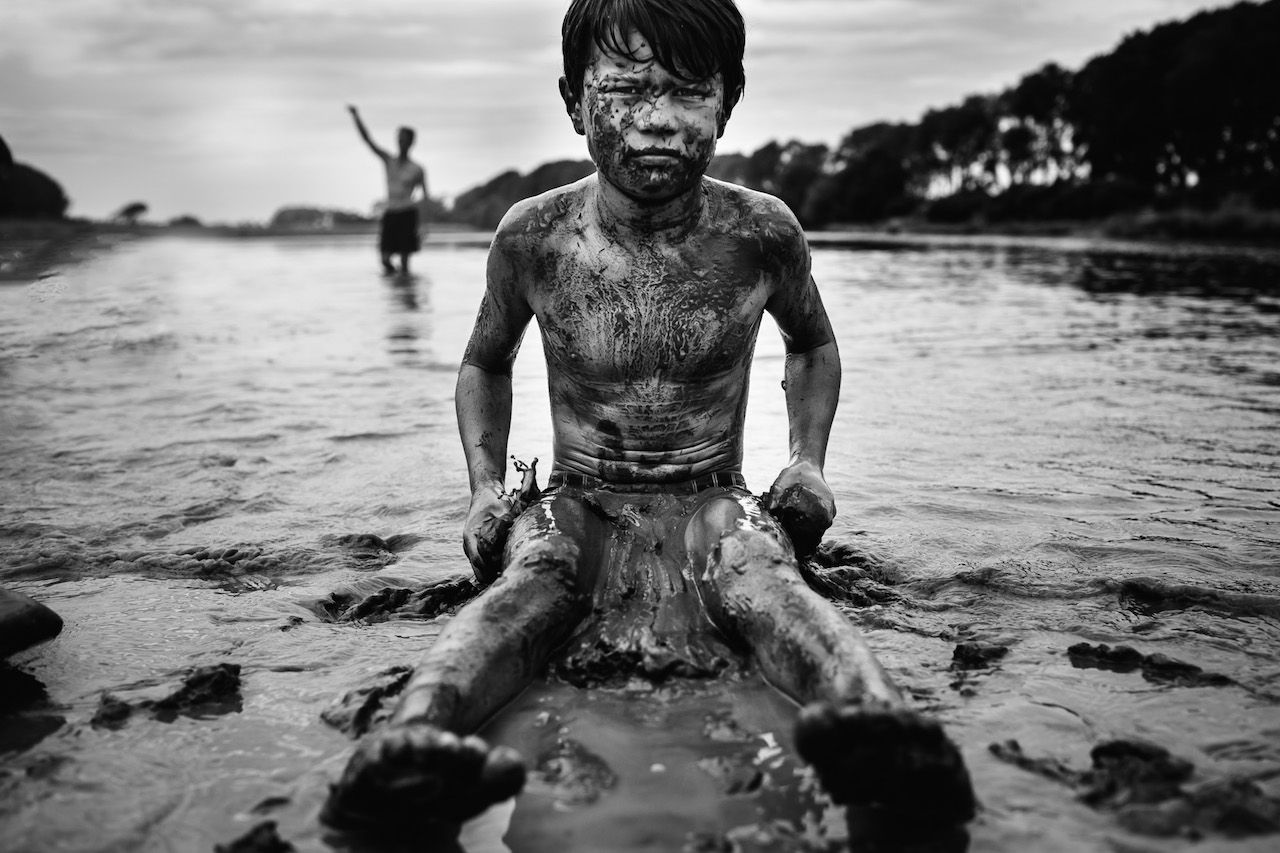
We have no television in our home, and nor have any of the children ever asked for one. We do own an iPad and a computer, and very occasionally, on a birthday or if someone is unwell, we will watch the odd movie together, but the children still don’t ask to use electronic devices. I don’t believe that they are missing out at all, but as their needs change and evolve I know there will come a time when this will be very different, for instance, as they start using the computer for research and learning.
For now, while they are young, I feel that it is so important for them to learn about the world they live in, to experience it physically and emotionally — their feet on the ground, their hands on the creatures and plants, noses in the air, and tongues in the rain — with all their senses.

Each of our four children is quite different from the others, in every way. I think they all accept the camera as part of their existence and know that if they go anywhere with me, it will be present. Occasionally, I will ask for them to repeat something, or just to hold a position for a second. However, in general, they don’t acknowledge the camera at all, unless I draw attention to it, so there aren’t any theatrical performances, and I simply capture their play and our adventures together as they unfold.
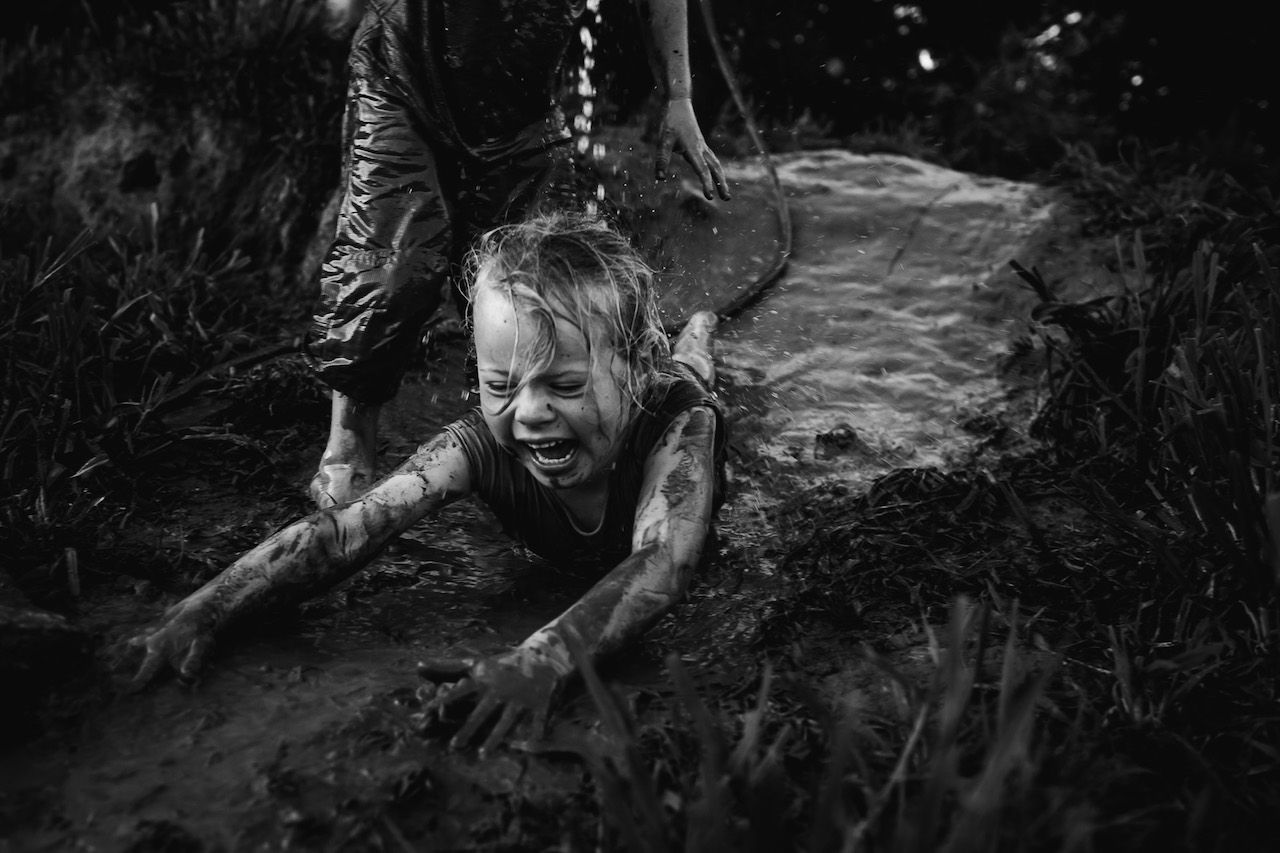
Part of our decision to educate our children at home was so that they could develop a strong sense of self without the overwhelming societal pressures that exist today. I believe very strongly in the innate sense of freedom that we all possess, and that includes with our bodies. It saddens me to know that there are others out there who struggle with this.
My children think nothing of how they present themselves in our day-to-day life at home, and I celebrate and document that. As they grow, I see them becoming more aware of both themselves and how they are viewed by others, after all, it is the world we live in, but I hope to have given them a powerful enough experience of freedom to act as a base from which to stand strong and grow in the judgemental world we exist in today.
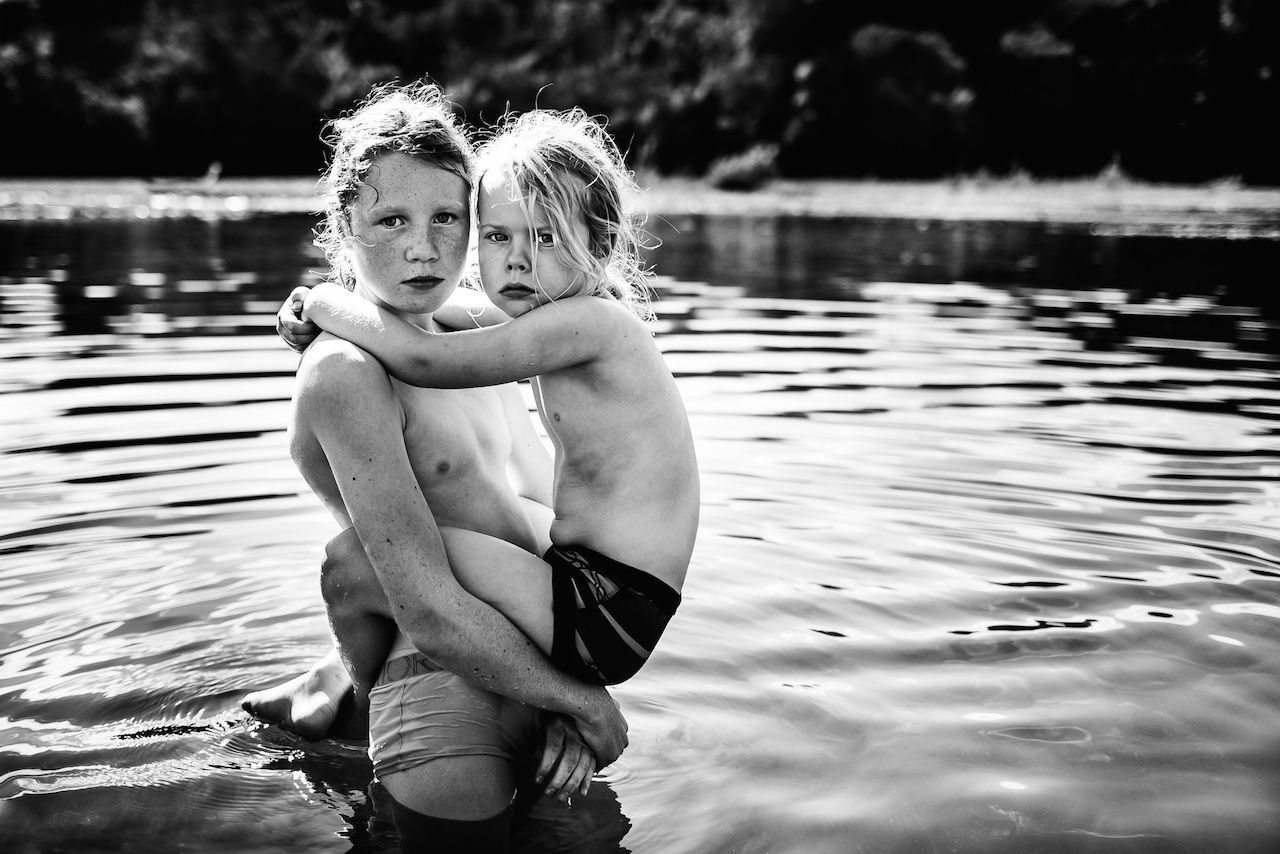
I wanted also to explore more about what childhood is, and what it is to experience growing up. For this reason I also choose to share images that may capture some of the lonely or solitary moments of childhood, and the pain and hurt that is also sometimes experienced. I don’t want to shy away from the less joyful or challenging aspects of the journey.
The art of American photographer Sally Mann — perhaps best known for documenting the lives of her family and children, shot beautifully with black-and-white film — has always moved me on a very deep level, and has been a huge inspiration in my life. She said, “Unless you photograph what you love, you are not going to make good art.” For me, my family is everything. It is the obvious subject for me to shoot, and I invest fully in my pictures of them. My passion and love for my subjects have pushed me to dig deeper and to look harder for the stories and the pictures.

My dream is for viewers to be moved by my images in some way. I don’t necessarily desire that everyone like my images, or even understand them. I just want them to feel a little, to see the honesty, the reality, the rawness, the truth in those that I photograph, the life they live, and the wonder and depth in their every day — the beauty in the ordinary. I hope that although all of my images are deeply personal, others are able to connect to some part of their own childhood through them.
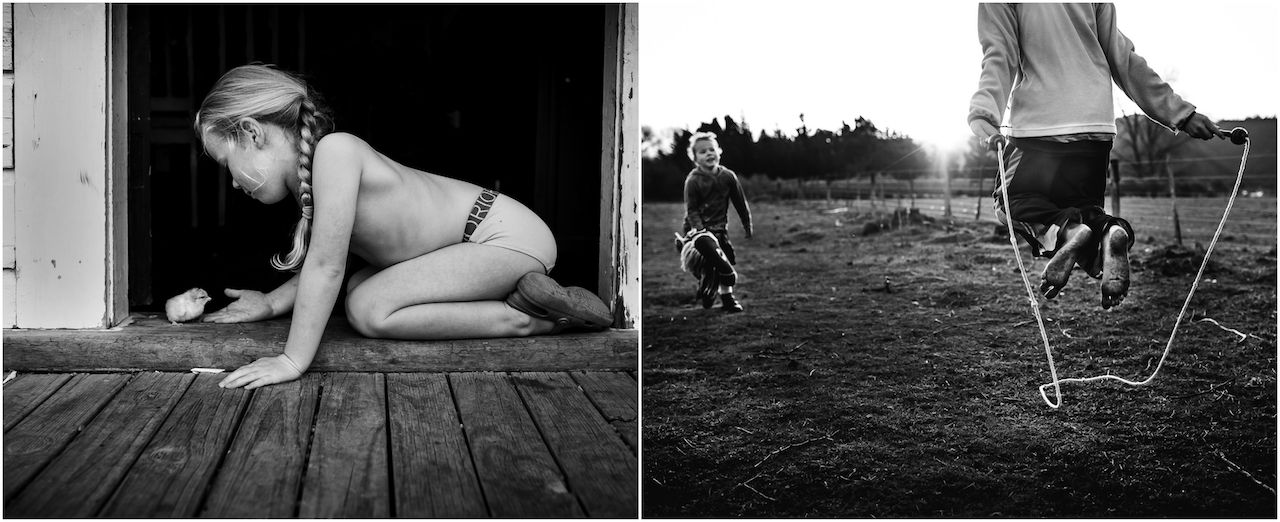
I believe that my children are right where they belong — covered in mud, running and living within nature. They belong here, wild and free, earth-connected where the landscape begins and their little souls end.
